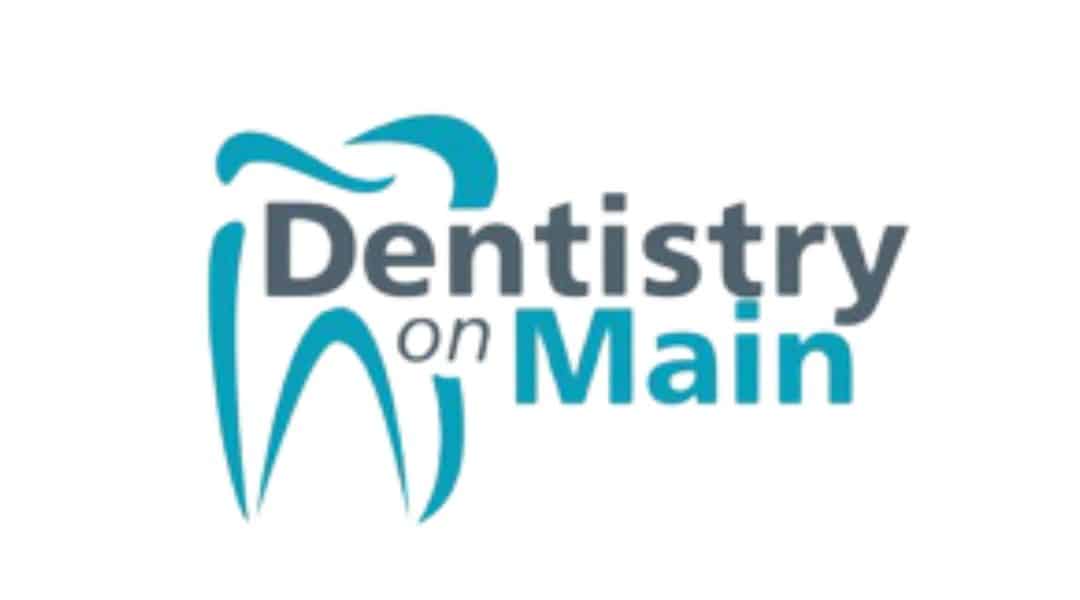How To Clean Your Tongue
Did your brush your teeth in the morning? Did you floss? And did you remember to clean your tongue? Most people would say yes to the first two questions, but wouldn’t be able to say the same for the third one. Around 25% of people suffer from bad breath or halitosis and a greater percentage from other oral disorders such as infections, gum or periodontal diseases, dental cavities or tooth decay and oral cancers. Since your mouth is home to millions of organisms, with the tongue carrying a significant amount of those organisms, it is crucial to shed light upon how it affects overall oral hygiene.
Why is it important to clean your tongue?
Take a minute to observe your tongue in the mirror. Do you see all those tiny bumps on your tongue? These bumps, called papillae, help with chewing and manipulating the food by increasing friction inside your mouth. Moreover, the same papillae increase the surface area of the tongue by many factors. The same surface of the tongue consists of taste buds that help you detect the taste and select your food accordingly. While swallowing food, it is your tongue and its strong muscles which push the food at the back of your mouth. While the vocal folds of your larynx or voice box are responsible for generating the sound, it is your tongue that enables you to say different words with ease. Interestingly, your tongue also aids in creating negative pressure inside your mouth that is important for suction.
The oral cavity is moist, warm, and has a slightly higher pH than the rest of your gut. These attributes provide a hostile environment for microorganisms including bacteria, viruses, and fungi to grow and inhabit the oral cavity. More than 750 different species of bacteria can be found in the tongue, teeth, gums, cheeks, and tonsils of the oral cavity. The bacteria group together and form a biofilm over different surfaces in the mouth including your tongue. The rough surface of the tongue owing to the presence of papillae enables it to harbor the most complex patterns of microbes. The tongue serves as a reservoir for organisms causing oral cavity disorders and other gut diseases.
People who don’t clean their tongues regularly are at an increased risk of developing oral cavity-related disorders as these bad habits add to improved conditions for bacterial growth.
What does my tongue say about my health?
Your tongue tells a lot about your overall health. While pink is the usual color of the tongue, it may change over time in the presence of certain diseases. Hormonal imbalances and increased body temperature make the tongue red. A beefy red tongue also indicates iron deficiency and megaloblastic anemia which arises due to deficiency of vitamins B9 or B12. Moreover, a reddish-purple tongue can be seen when a person is suffering from an infection or widespread inflammation in the body.
The mucus coating over the surface of the tongue is also indicative of multiple phenomena. A yellowish color of this coating signals infection whereas a greyish coloured tongue can indicate the presence of digestive disorders lingering for long periods. A whitish tongue demonstrates poor blood flow of the tongue as well as a possible yeast infection.
What happens if I don’t clean your tongue?
As the tongue houses thousands of microorganisms, you may experience the following health problems if you don’t clean your tongue regularly and thoroughly.
Halitosis (Bad Breath)
Bad breath is one of the most common oral problems people suffer from alongside cavities. Bad breath does not only indicate bad health but also impacts the social and emotional well-being of a person. Sulfur-producing bacteria that live on your tongue and back of the mouth are responsible for causing halitosis. The bacteria produce sulfur by breaking down the proteins at a faster rate.
Ageusia and Dysgeusia
Ageusia refers to loss of taste sensation, while dysgeusia refers to the distorted sense of taste. As discussed previously, bacteria group together as biofilms which enable them to thrive and function more effectively. This biofilm blocks your taste pores or the openings of the taste buds which eventually leads to altered taste.
Black Hairy Appearance of the Tongue
Bacteria use different adhering modalities to stick to surfaces and inhabit that site. The same adhesive properties enable larger populations of bacteria on your tongue to stick to different food particles and other particulate matter while you are chewing. This gives your tongue a black or greyish and hairy appearance.
Oral Thrush
Oral thrush or oral candidiasis indicates a yeast infection. That’s right, you can get a yeast infection in your mouth! The most common organism, Candida albicans, inhabits the linings and crevices of your mouth leading to the formation of creamy white lesions on your tongue and inner cheeks. Organisms belonging to the Candida genus are common inhabitants of the mouth, however, they cause oral thrush when in excess. This traces back to poor oral hygiene habits which cause the normal flora of the mouth to overgrow and cause different diseases.
Periodontitis
Periodontitis refers to severe gum infections which can even lead to tooth loss, tooth decay, and other health problems including stroke and heart diseases.
How do you clean your tongue!
The incidence of the above-mentioned and numerous other health problems can be reduced by cleaning your tongue regularly. The Canadian Dental Association (CDA) has devised preventative care comprising of six vital steps to ensure good oral health. Among the steps, tongue cleaning holds great significance. You shall clean your tongue every time you brush your teeth. Use a dental tool called a tongue scraper and gently push it back and then pull it forward along your tongue. The tongue scraper removes the thick mucus coating as well as the biofilm over the surface of the tongue thus getting rid of the pathogenic organisms. However, dentists don’t usually recommend tongue scraping at home as this increases the risk of injury to tongue papillae if not performed correctly. You can also use your toothbrush to clean your tongue.
- Rinse your mouth with warm water.
- Start brushing the back of your tongue and make your way forward. Be gentle while brushing your tongue.
- Rinse your mouth with warm water again.
Cleaning your tongue is as important as brushing and flossing your teeth. Your tongue inhabits thousands of microorganisms which are determinants of your health and well-being. Regular dental appointments and thorough cleaning of the mouth play a great role in preventing oral cavity disorders.



